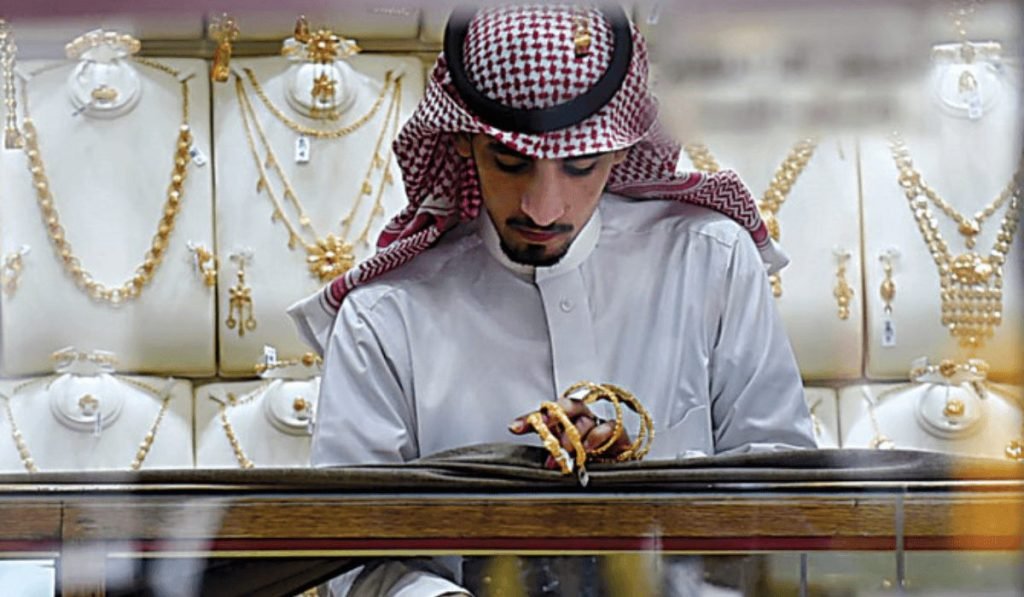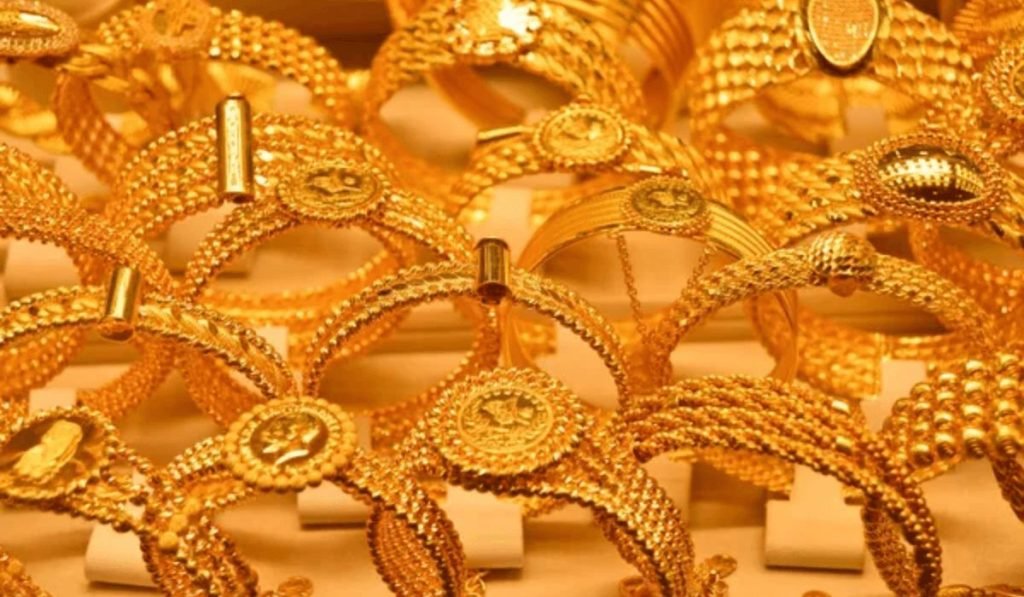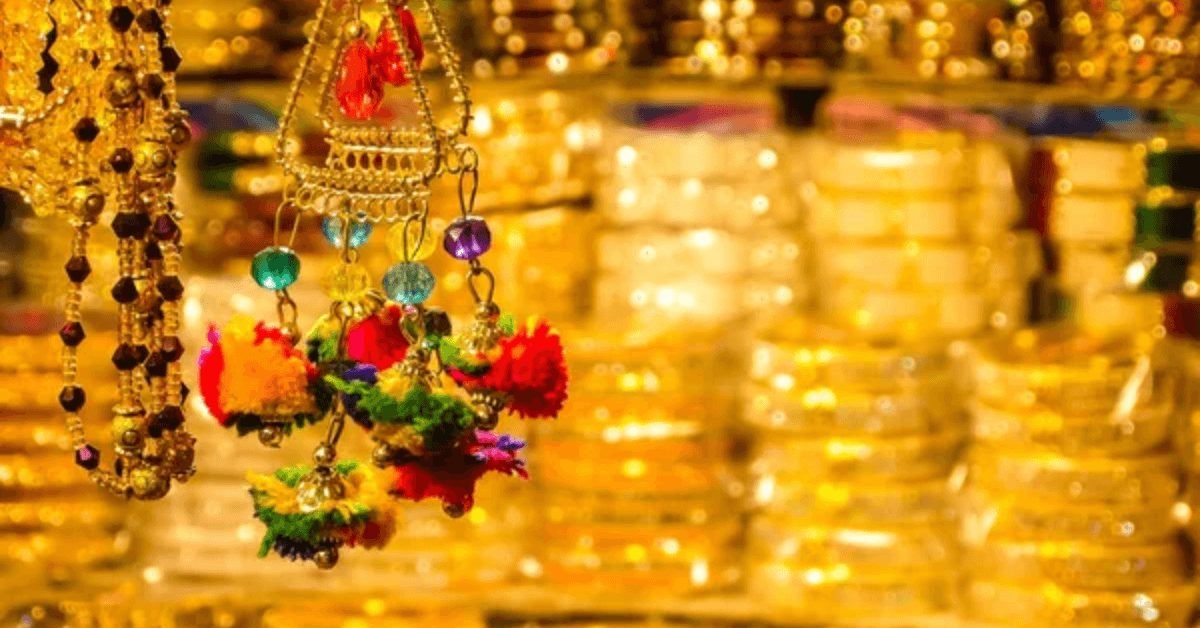Dubai, with its awe-inspiring desert landscapes and rich cultural heritage, offers a captivating experience for tourists. Among the many highlights of a Dubai visit is the opportunity to explore traditional Arabic jewelry while on a desert safari. These intricately designed pieces carry centuries of history and cultural significance, making them perfect souvenirs to cherish for a lifetime.
When one thinks of Dubai, images of towering skyscrapers, luxurious shopping malls, and vibrant city life often come to mind. However, beyond the modern facade lies a treasure trove of traditional Arabic culture, including the world of exquisite jewelry. Traditional Arabic jewelry represents a harmonious blend of artistic expression, cultural symbolism, and meticulous craftsmanship. From necklaces and bracelets to rings and earrings, each piece tells a unique story. In this article, we will delve into the world of traditional Arabic jewelry and guide you on an unforgettable souvenir shopping experience during your Dubai desert safari.
History and Significance of Traditional Arabic Jewelry

To truly appreciate the beauty of traditional Arabic jewelry, it is important to understand its rich history and cultural significance. Dating back centuries, traditional Arabic jewelry has evolved with time while preserving its cultural roots. The intricate designs and motifs are often influenced by Islamic and Bedouin traditions, reflecting the deep connection between jewelry and spirituality. These timeless pieces symbolize wealth, status, and heritage and were traditionally worn by both men and women for special occasions and celebrations.
Types of Traditional Arabic Jewelry
Traditional Arabic jewelry encompasses a wide array of accessories, each with its distinct charm. Necklaces and pendants adorned with vibrant gemstones and pearls grace the necks of women, instantly drawing attention with their exquisite craftsmanship. Men often wear cufflinks and tie pins showcasing elegant designs, adding a touch of sophistication to their attire. Bracelets, rings, and hand chains are intricately crafted to enhance the wearer’s beauty and style, reflecting the meticulous attention to detail that defines traditional Arabic jewelry. Traditional bridal jewelry, with its ornate patterns and luxurious materials, adds a touch of splendor to weddings, creating a mesmerizing vision of elegance and tradition.
Materials and Techniques Used
Crafted by skilled artisans, traditional Arabic jewelry is a testament to the mastery of various techniques. Precious metals like gold and silver form the base of these magnificent creations, providing both durability and elegance. The lustrous shine of gold evokes a sense of luxury, while silver exhibits a timeless charm. Filigree work, engraving, and inlay techniques are employed to bring intricate patterns to life, resulting in breathtaking pieces that are both visually striking and rich in cultural heritage. Gemstones such as rubies, emeralds, and sapphires, known for their captivating colors and brilliance, are carefully selected to adorn these pieces. Pearls, with their iridescent beauty, also play a significant role in traditional Arabic jewelry, adding a touch of sophistication to the designs.
Shopping for Traditional Arabic Jewelry on a Dubai Desert Safari

Immersing yourself in the desert safari experience provides a unique opportunity to explore traditional Arabic jewelry. The desert camps, with their lively atmosphere and enchanting surroundings, often house souvenir shops where you can find a wide range of jewelry pieces. These shops offer a curated selection of traditional Arabic jewelry, allowing you to browse and find something that resonates with your personal style and preferences. Additionally, Dubai’s bustling traditional markets, known as souks, are renowned for their authentic and diverse selection of jewelry. Exploring the narrow lanes of the Gold Souk or the vibrant stalls of the Spice Souk can be a delight for jewelry enthusiasts, offering a chance to discover hidden gems and uncover rare treasures.
Authenticity and Quality Considerations
While indulging in souvenir shopping for traditional Arabic jewelry, it is essential to ensure the authenticity and quality of the pieces you choose. With the increasing demand for these exquisite treasures, it is not uncommon to come across mass-produced imitations. To safeguard against purchasing counterfeit jewelry, look for hallmarks and certifications that guarantee genuine craftsmanship and materials. These markings serve as a testament to the authenticity of the piece and ensure that you are investing in a genuine work of art. In addition, closely examine the intricate details, finishing, and weight of the jewelry to evaluate its quality. Seek recommendations from locals or trustworthy jewelers who can guide you in making informed purchases and help you differentiate between authentic pieces and imitations.
Pricing and Bargaining
The price range of traditional Arabic jewelry varies depending on factors such as materials used, the craftsmanship involved, and the complexity of the design. It is important to have a budget in mind and be aware of the prevailing market prices. While shopping in Dubai’s traditional markets and souks, bargaining is a common practice. Engaging in polite and respectful negotiation can often lead to favorable deals, allowing you to bring home exquisite pieces at a reasonable price. However, it is essential to strike a balance between price and quality, ensuring that you are not compromising on the authenticity or craftsmanship of the jewelry. Remember that while bargaining is customary, it is important to treat the sellers with respect and adhere to local customs and etiquette.
Cultural Etiquette and Respect
While shopping for traditional Arabic jewelry, it is crucial to be mindful of cultural etiquette and respect local customs. Traditional Arabic jewelry holds deep cultural significance, and understanding the appropriate occasions and cultural norms associated with certain pieces is important. For example, certain jewelry designs may be considered more suitable for weddings or formal events, while others may be more commonly worn on a daily basis. Seeking advice from locals or knowledgeable salespeople can provide valuable insights and help you navigate the cultural nuances associated with these jewelry pieces. By making informed choices and respecting local traditions, you can ensure that your experience of shopping for traditional Arabic jewelry is culturally enriching and respectful.
Care and Maintenance of Traditional Arabic Jewelry
To preserve the beauty and value of your traditional Arabic jewelry, proper care, and maintenance are essential. These precious pieces require delicate handling and regular upkeep. It is advisable to clean your jewelry regularly using mild solutions and a soft cloth to maintain its luster. Storing the pieces in separate compartments or pouches will prevent them from scratching or tangling with other jewelry. Additionally, it is important to handle delicate pieces with care and avoid exposure to harsh chemicals or extreme temperatures that could damage them. By following these simple guidelines, you can prolong the lifespan of your cherished traditional Arabic jewelry and ensure that they continue to radiate its timeless beauty for generations to come.
Conclusion
Embarking on a Dubai desert safari not only allows you to marvel at the enchanting landscapes but also presents an opportunity to dive into the world of traditional Arabic jewelry. With its rich history, cultural significance, and stunning craftsmanship, these pieces make exceptional souvenirs. By following the tips and insights provided in this article, you can embark on a memorable shopping journey and bring home authentic traditional Arabic jewelry that reflects the essence of Dubai’s heritage. From intricate necklaces to ornate bracelets, each piece will serve as a cherished memento of your unforgettable Dubai experience.

